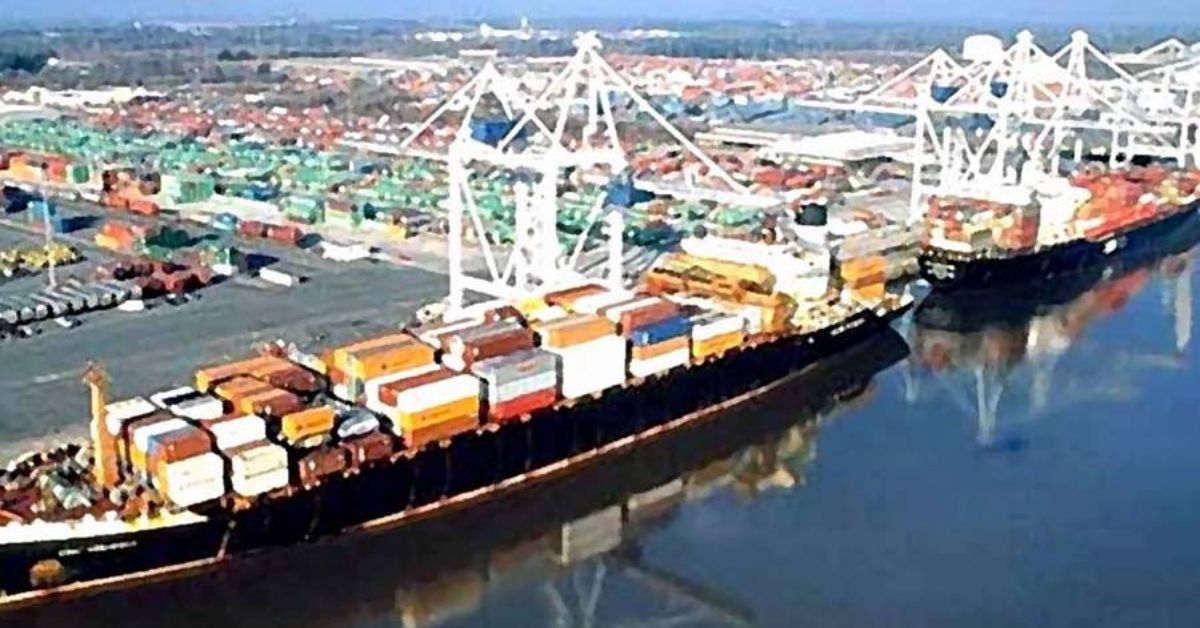A shipping container carrying scrap metal from Brazil has been found to contain radioactive material after triggering an alarm at Chattogram Port’s Megaport Initiative Radiation Detection System. Customs officials have halted unloading and placed the container in isolation as a precaution.
Preliminary and secondary scans revealed the presence of three radionuclides — thorium-232, radium-226, and iridium-192. Initial readings showed a radiation level of one microsievert, which is not considered high, but officials note that the scrap metal and container walls prevent an accurate measurement. Further testing by the Bangladesh Atomic Energy Commission will determine the exact level of contamination.
The container is one of five, totalling 135 tonnes of scrap metal, imported by Al Aqsa Steel Mills Ltd in Demra, Dhaka. It arrived at Chattogram on 3 August aboard the vessel MV Mount Cameron, which had departed Colombo, Sri Lanka. The radiation alert was triggered as the container was being cleared through Gate No. 4 of the port.
Chattogram Customs confirmed that unloading was immediately suspended and the container moved to a secure location. They are notifying the Bangladesh Atomic Energy Commission, whose scientists will conduct an on-site inspection before further action is taken.
Radioactive sources are widely used in medicine, industry, and research, typically sealed in specially designed containers to prevent leaks. Once no longer in use, they must be collected and stored as radioactive waste. When such sources escape containment — through negligence, accidents, or improper disposal — they pose potential health and environmental hazards.
Port tracking records show the container’s journey began in Manaus, northern Brazil, where it was loaded on 30 March. From there, it travelled through four other ports: Cristóbal (Panama), Rotterdam (Netherlands), and Colombo (Sri Lanka) before arriving in Chattogram. Three of these four ports have radiation detection systems, but none reported an alarm. Under international protocols, detection at any of these ports would have required the container’s return to Brazil.
The radiation detection system at Chattogram — installed in 2011 with US funding — was ultimately the first to flag the contamination, preventing the material from entering Bangladesh’s supply chain undetected.









